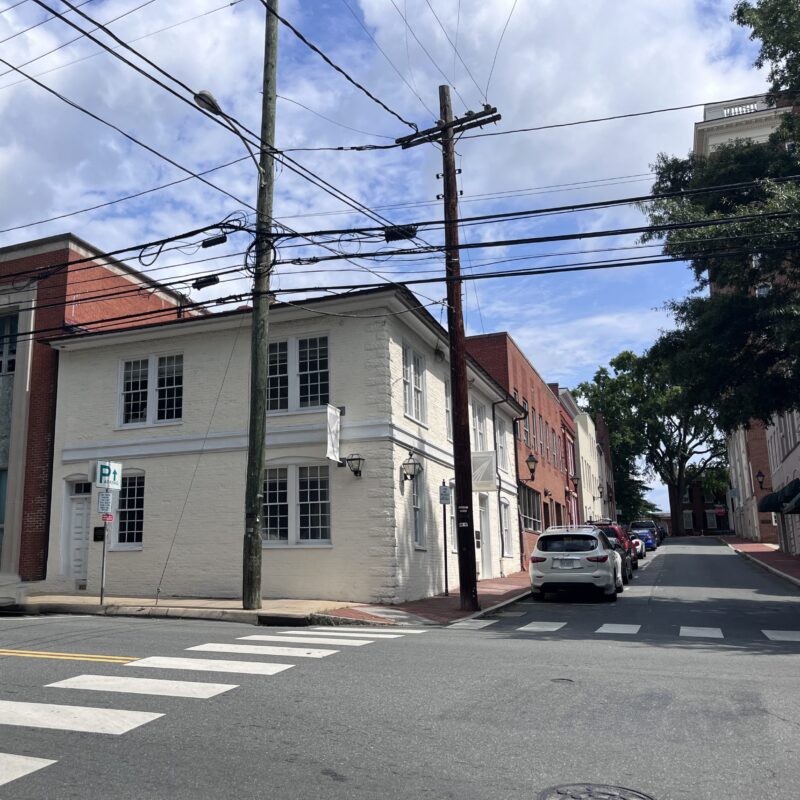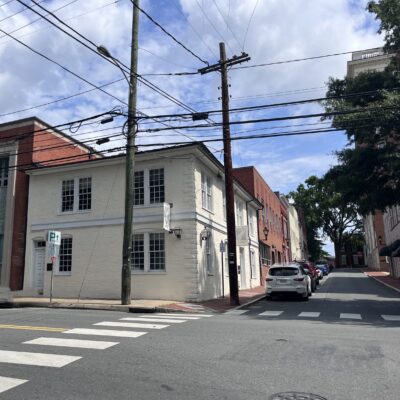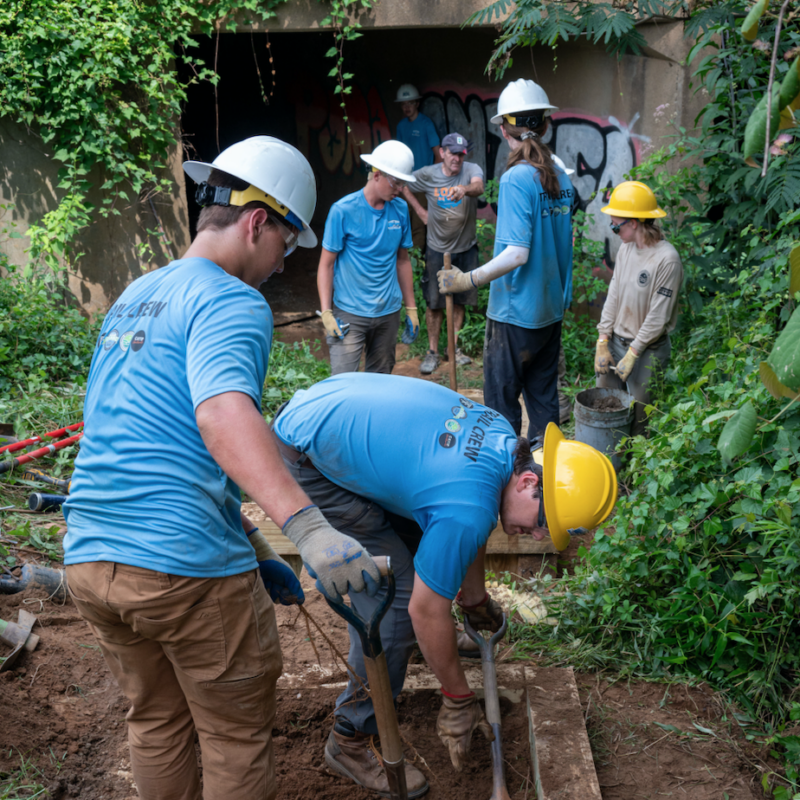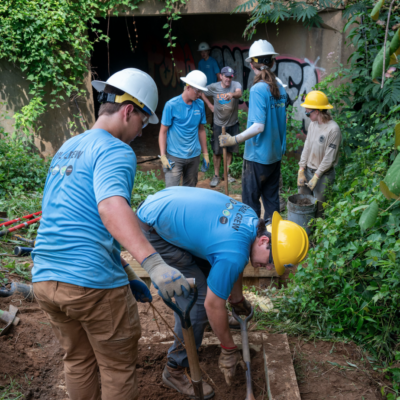Les Yeux du Monde’s exhibition of photographer Sam Abell’s project “Amazonia” will give armchair travelers a destination even more hot and humid than a Charlottesville summer. Abell does a nice job of remaining true to stringent documentary photography techniques without stepping into the clichés of “National Geographic photographer travels to the Amazon.” His images are mostly muted, forsaking vibrancy for a close intimacy that often takes at least two photographs to unfold.
|
A three-toed sloth is one among many beasts featured in Abell’s photographs of the rarely-seen Amazon headwaters. |
In three images of the Morpho butterfly, Abell shows how the butterfly blends in with its surroundings on a river bank, then captures the fleeting opening of its blue wings. A jaguar’s footprint in the sand reminds us that animals with a more forceful impact cover the same ground. Another pair of photographs shows a macaw feather up close, its red plumage and blue spine filling the three-foot-high print. Next to it “Macaws at Clay Lick” shows a flock of the birds along the cliff-like lick, but the bird that’s stretching its wings to fly away is but a streak of glowing white, ethereal and totemic.
There are several images of anacondas, those immense snakes that crush their prey to death. Unexpectedly, Abell doesn’t focus on their size, or their fierceness, but on the ways in which the snakes conceal themselves within their surroundings, traveling along the forest floor or coiled up into an improbably small shape. The viewer feels like the Little Prince, who didn’t realize the snake could bite.
The spookiest of Abell’s images may be the gray shadow of the trees where a man seems to be standing, staring down at the viewer. Because of the light, there’s only shading and no features are revealed. So it can take a minute (or a reading of the work’s title) to realize that the man is actually covered in fur and is a Spider Monkey, arms and legs fully extended. And it doesn’t change the point Abell’s trying to convey—of something overhead watching the human action below.
For all of the exotic animals and locations, Abell seems to have charged himself with making the Amazon accessible to his viewers. I mean it as a compliment when I say that the photographs are carefully structured, following sensible rules about centering and focusing, so that we are not confounded by our location or Abell’s techniques, but able to travel through the composition to a greater understanding of a threatened environment.






